
Photo of CES Unveiled 2018 by Consumer Technology Association
CES 2019: CES Unveiled Kicks Off the Annual Gadget-fest
You can get a sense of how large CES is by the numbers. It’s the largest annual show in Las Vegas, and this year over 180,000 people are expected to be here. I have to share the 4500 exhibitors with 6500 of my colleagues—all of whom will be in line in front of me at the Starbucks at the convention center.
Media are invited to a smaller breakout show held on the first of two media days in advance of the main show. There are three such shows—the other two are not affiliated with CES—and every year I separate my coverage of them from the main floor. These shows provide decent food and open bars to journalists—a very different experience from what we’ll get on the main floor—and there are far fewer booths to see, so you should know these companies get more press attention regardless of whether their products are any better. As usual, if any company offers me something of value, I’ll note that with a ? emoji.
Nahimic Mac Sound Enhancer
It’s rare to see Mac-only software at CES, so I was doubly interested to hear about the Nahimic app ? that improves the quality of sound on your Mac, as my ears are nothing to write home about (see “iOS Hearing Aids… or, How to Buy Superman’s Ears,” 8 February 2011). Unlike other software I’ve tried that requires you to fiddle with waveforms and frequency sliders, Nahimic’s interface is a simple sentence that you click on to set up your sound environment. On my MacBook Pro’s internal speakers, the volume boost is welcome, and I can detect an improvement in voice clarity when I have that option chosen—but I’ve given it only a few minutes of testing, and I’m looking forward to trying it out with various headsets. Shipping now, $34.99 per year with a 15-day free trial available in the App Store.
Nuheara Sound-Enhancing Earbuds
If your ears need more oomph than you can get from software, and you don’t mind dropping some serious coin, Nuheara’s earbuds ? might be of interest. They’re wireless earbuds much like the AirPods, with built-in digital signal processing that amplifies audio frequencies in response to hearing tests you can self-administer—they’re similar to the Even wired headphones I covered a few years ago (see “CES 2017: Gadget Finds on the CES Show Floor, Days 1 and 2,” 10 January 2017). Nuheara’s earbuds work with either Bluetooth audio from a device or ambient sound. New at the show: the next generation IQbuds Max earbuds, which improve on last year’s IQbuds Boost model with active noise cancellation that also works with your custom frequency needs. The company also sells the IQstream TV, a separate hardware device that automatically connects to IQbuds with additional processing to ensure no lag between what you see and what you hear. Both will be released in the second half of 2019, and prices are not yet set—but the Max buds will be more expensive than the Boost buds, which cost $499.
POW Audio Mo Bluetooth Speaker
POW Audio’s Mo Bluetooth speaker ? combines some clever features I’ve seen before at CES but at a much more attractive price. The speaker is palm-sized and has an expandable compartment. Expanded, you get better sound from the reverberation in the speaker. Press it flat, as pictured below, and it fits in your pocket. It ships with optional phone cases and magnetic mounts so you can attach it to the back of your phone for carrying. (Granted, this will make your iPhone thick enough to give Jony Ive nightmares.) Pre-orders start next week at $99, shipping in February 2019. Buy two, and you can connect to both and use them for stereo sound.
Catalyst Waterproof Cases
One of my favorite CES categories is “company founded by someone scratching a personal itch,” and Catalyst seems to qualify. They claim to have the most waterproof iPhone, Apple Watch, and AirPods cases on the planet, which the founder personally demonstrates on social media via extreme sports. (In at least one case, his username literally has the middle name “danger.”) He told me that he has found that the Apple Watch case is safe to 100 meters depth, but at 22 meters the watch senses the pressure and shuts down—he thought he had killed it until he resurfaced and it turned back on. Catalyst tests every case’s waterproofing in the factory before shipping it, and they come with tethers for obvious reasons. Announced at CES: an $89.99 iPhone XR case rated for 10 meters depth or a 2-meter drop, and the $29.95 rubberized case that envelops the AirPods charger to provide drop protection and waterproofing to 1 meter. Both are available now. Pre-orders are being taken for the forthcoming $69.99 waterproof case and integrated band for the 44mm Apple Watch Series 4. Catalyst also sells cases for other iPhone models and a variety of outdoor gear.
Helite B’Safe Cyclist Airbag Vest
Another popular way to harm yourself, once you’ve tired of rappelling down waterfalls, is to ride a bike and give Newton’s First Law of Motion a test. Helite’s B’Safe vest could come to your rescue in such an event. It’s a vest equipped with an airbag that inflates in 80 milliseconds via an included CO2 canister, providing front and back protection for your thorax, neck, and back. Sensors in the vest and the bike saddle determine in 60 milliseconds whether you’re accelerating in a nonstandard direction, and can detect either a fall or an impact. Shipping this summer and available for pre-order in March 2019 on Kickstarter. I was quoted a price of €600, but I can’t confirm whether that’s the retail price or a pre-order discount. The vest is reusable (let’s hope you don’t need to inflate it multiple times) and replacement CO2 cartridges cost €50.
Quell Pain Relief Band
Quell is releasing the 2.0 model for its pain relief device, which is designed to be worn on your leg with an included elastic band. It uses transcutaneous electrical nerve stimulation—basically, it zaps your leg—which stimulates the release of natural brain endorphins to reduce chronic pain anywhere in your body. The new Quell is the size of a credit card and can be worn under clothing unobtrusively. The company recommends you use it for three 15-minute sessions per day, and the press materials claim a battery life of 25 hours—which is so much longer that I wonder if it genuinely only needs charging once a month. Quell is FDA-approved and cites peer-reviewed research in their materials—but if you’re skeptical (as you should be regarding any health claims for products at CES), there’s a 60-day money-back guarantee. Later this year, a software upgrade will bring AI features to the device, which will alter its output and coach you through changes to customize your usage to maximize pain reduction for your particular needs. The device is available now for $299, and requires monthly replacement of its electrodes for $50; a $349 starter kit includes an extra month’s set of electrodes and a carrying case.
WELT Smart Belt
The unfortunately named WELT Smart Belt offers an interesting mix of features. In the existing model, it measures waist size, physical activity, and motion to provide feedback to an app on your phone, reminding you to move more and perhaps eat less. A peer-reviewed study found that users of the WELT reduced their waist size by three-quarters of an inch (1.9 cm), on average, in a 12-week period. A new model is coming later this year, which will add sensors that monitor your movements to warn you if you’re more likely to fall. (I gather this is not fall detection, which is common in CES health devices, but fall early warnings, which are not.) One subjective note: I’ve seen plenty of smart clothing at CES, but this is one of the few wearable products that won’t make you look silly. The current WELT costs $199; the company said that when the next model goes on sale towards the end of 2019, it will be on Kickstarter for $99 before going up to $199.
Nomadplug Global Power Adapter
International travelers know the pain of having to carry multiple power adapters for various standards of plugs and voltage. I’ve seen many all-in-one models looking to minimize space taken up in luggage, but Nomadplug has a nifty solution. It’s a set of modular pieces that combine into a single unit held together with rare earth magnets. When you land in a new country and need a different plug, you swap around the pieces until each side has the input and output you’re looking for. Even better, while most such adapters are only good for the 130-odd countries adhering to the most common standards, Nomadplug has extra plugs and can be used in 195 countries. Available in the second half of 2019 with an anticipated price of $129, with an optional inline 5000 mAh battery.
Hüpnos Snore-Reduction Sleep Mask
Snoring can disrupt sleep, both your own and anyone else who happens to be nearby. The Hüpnos sleep mask offers to resolve this problem for you, with an accelerometer that talks to your iPhone to indicate your sleep position. When you start snoring, a vibrator in the mask goes off to nudge you to roll over without fully waking you up. The company’s representative called this an automatic version of your partner’s elbow in your ribs. If your snoring continues, the silicone nose piece will adjust to increase airflow. The app also “helpfully” makes audio recordings while you sleep, presumably so your partner can point to your phone in the morning to prove they’re not crazy. You can download the app for free if you want to see if you might want the mask. Note: Hüpnos has not been approved by the FDA, has not conducted clinical trials, and states that they’re not making any medical claims. This is not a treatment for sleep apnea. The mask regularly costs $179 and is shipping on Indiegogo, which currently has it listed for $125.
Aveine Wine Aerator
I was impressed with the ingenuity of Aveine last year (see “CES 2018: Eureka Park Wraps Up CES,” 18 January 2018) when I saw the company’s wine bottle attachment that automatically aerates wine the right amount without “letting it breathe” for hours before drinking. This year the company has upped its game, as the new version also gives you a temperature reading. A companion app scans the bottle label and tells you the right aeration and temperature for that particular wine—although the press release mentions that you can monkey with the airflow if you want to get different flavors out of the same bottle. Currently $175 on Indiegogo until the end of January 2019, $249 thereafter, and shipping in June (although the Web site says March).
Ispace HAKUTO-R Moon Landing
I’m used to hearing wild claims at CES, but I don’t think I’ve heard anyone say they literally intend to go to the Moon. Ispace intends its HAKUTO-R missions to orbit in 2020 and land in 2021. It has been less than a week since China landed the Chang’e 4 on the far side of the Moon, and if Ispace succeeds there will be a trend of lunar bunnies—chang’e is Chinese for jade rabbit, and hakuto is Japanese for white rabbit. I have no idea why Ispace is at CES, though—it’s not selling anything in its PR materials, and the company’s press Web site surprisingly informs me I need permission to use it. Perhaps they just want to get more press coverage than other private companies looking to do the same thing.
BlackBerry
BlackBerry—remember BlackBerry?—is here, mainly to remind us that the company still exists (who knew?), and presumably hand out media kits on 3.5” floppy disks. (Actually, BlackBerry provides cell phone security infrastructure B2B these days.)
I’ll close by saying that the technology I really want is a better face mask. I’ve come down with CES conference crud at several of these shows—last year’s was awful. This year I’m the guy who comes with a cold, and remembering my uncharitable thoughts regarding the people who acted as Typhoid Mary in previous years, I’m armed with CVS face masks and a keg of hand sanitizer. Onward!
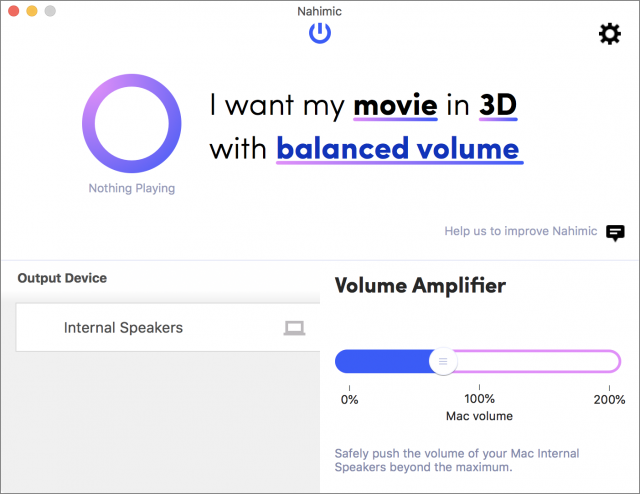
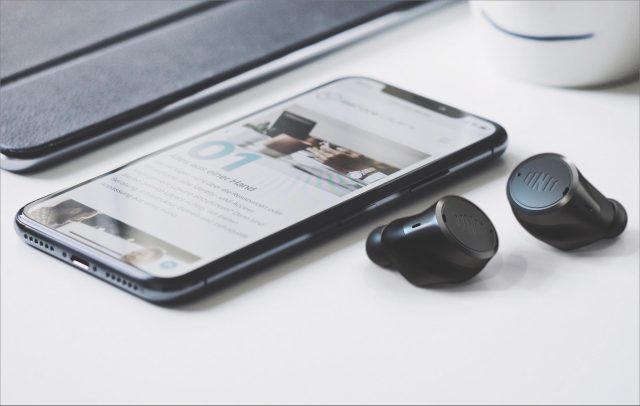
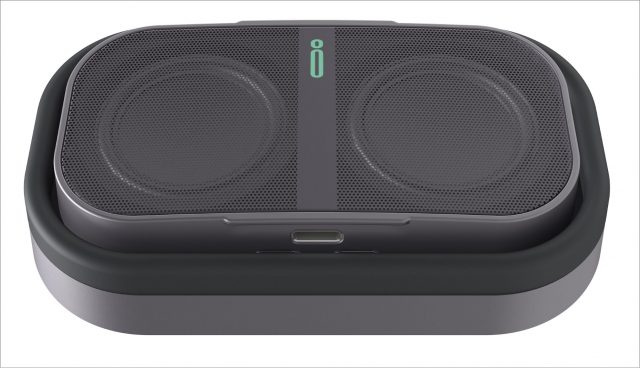
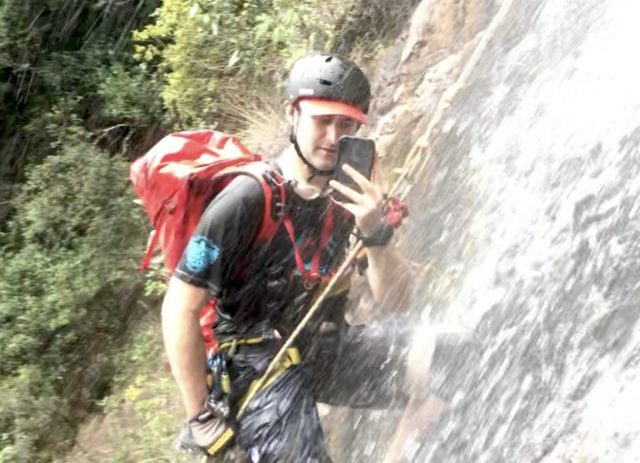
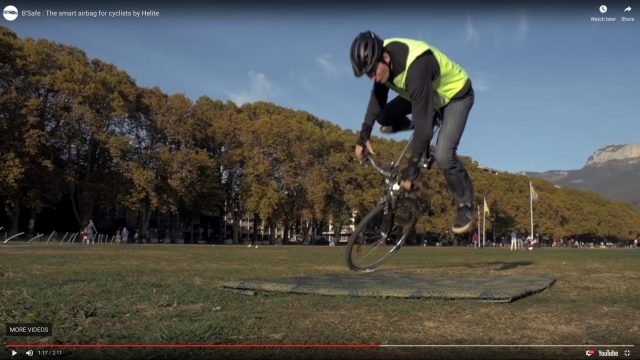
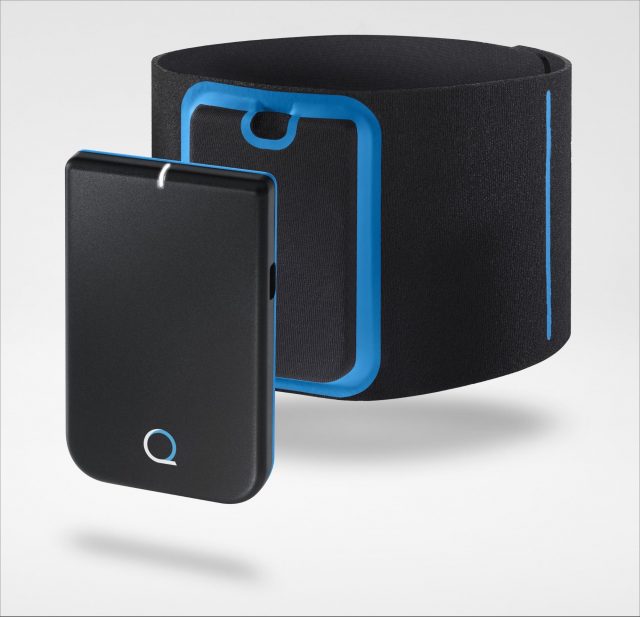
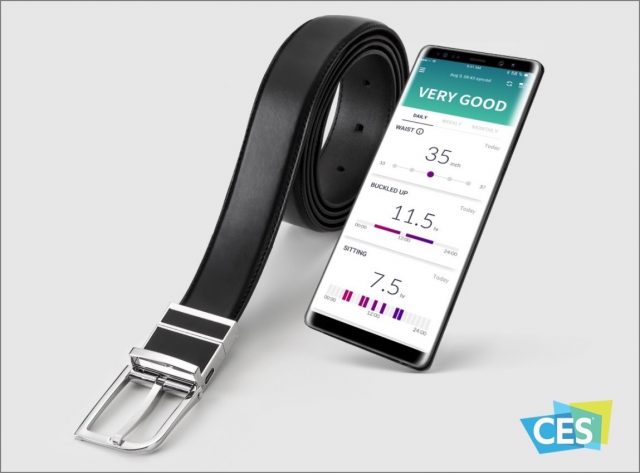
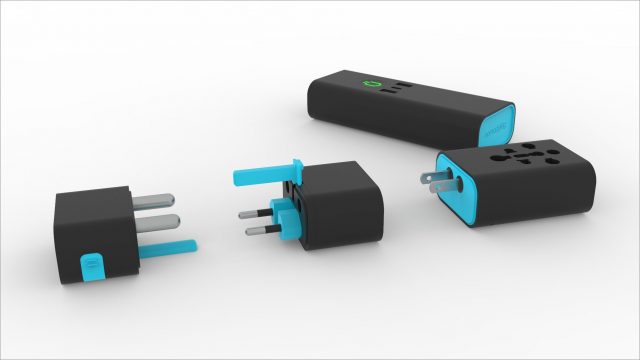
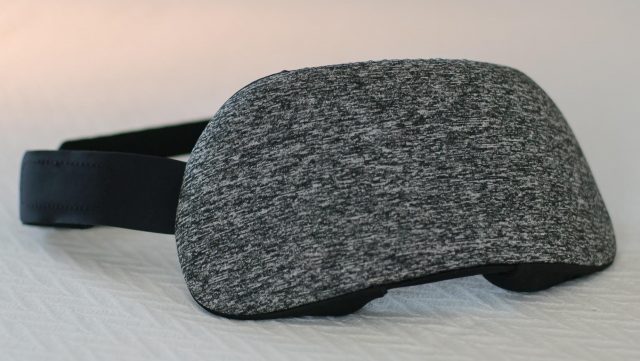
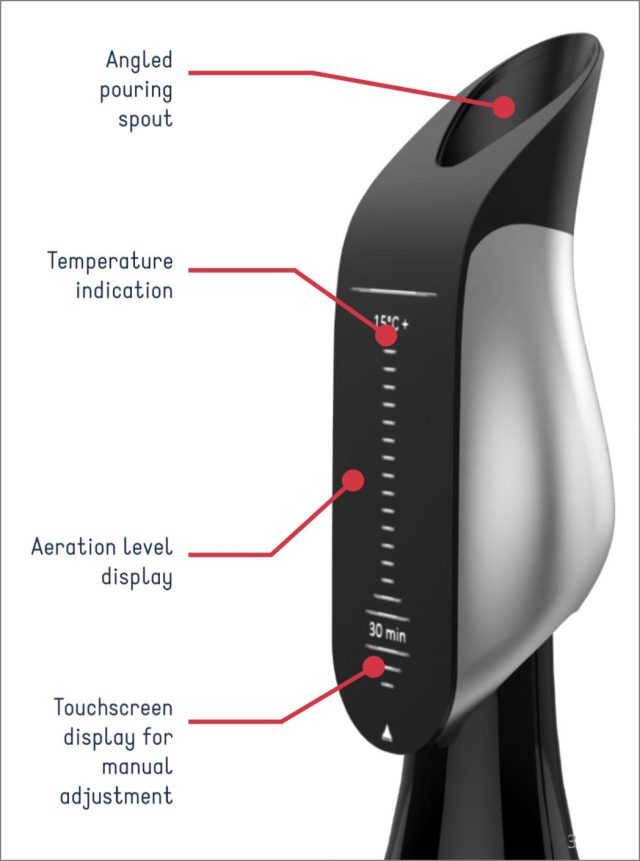
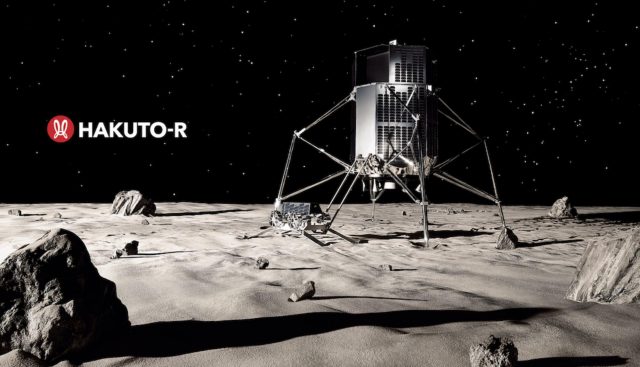
Start the discussion in the TidBITS Discourse forum